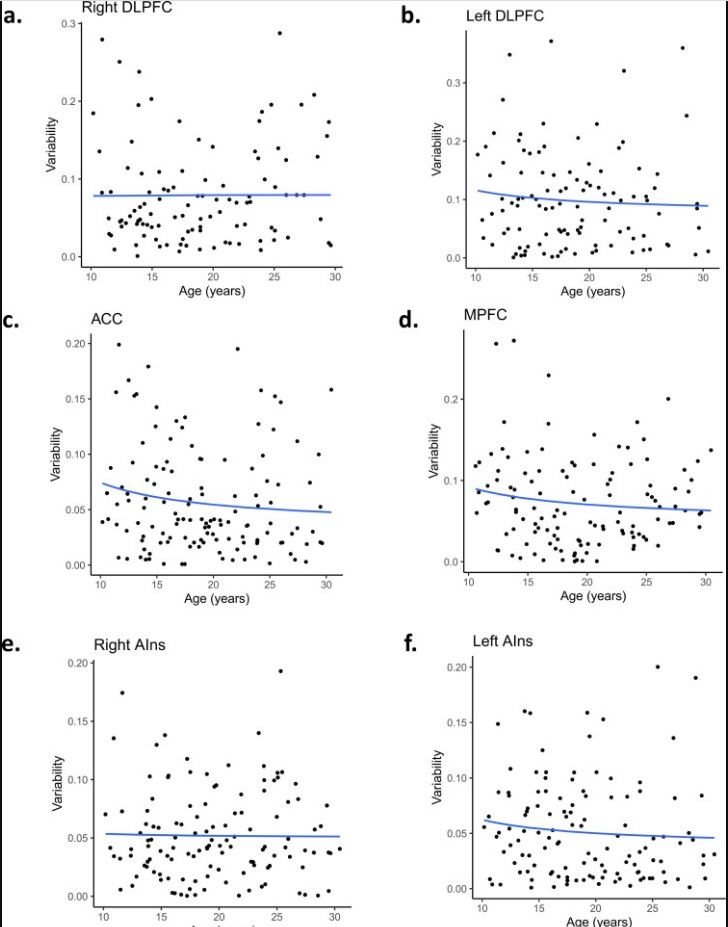Previously, we looked at neurodiversity: what it is in the workplace (part 1), and how I, as a neuroscientist, would go about supporting neurodiverse people in the workplace (part 2).
In this, the third part of our series on neurodiversity, I want to expand the conversation. I want to go beyond supporting those with autism or ADHD to look at neurodiversity and the general population. I want to see how the idea of neurodiversity can help all of us work better.
First, to recap:
Neurodiversity simply refers to the differences between all of our brains and how that can make us think, learn, feel, and work differently.
When it came to discussing how to support these workers, I devised a support plan, looking at a range of different areas which may affect neurodiverse people. This went beyond simple solutions, to look at how we can help neurodiverse employees in specific areas such as regulating emotions, planning, paying attention appropriately, and anticipating events.
Individual differences
The point I wish to make today is that there are significant differences among the brains of all people. That, in a way, we are all neurodiverse.
Let me explain. When we are doing research on brain volume, each brain is unique. Take a look at the graphic below, where each dot represents the volume of the brain in very specific areas in relation to a range of different functions and processes.

As you can see, there is just so much variability within each area!
Furthermore, this difference is not just about brain volume. Similar differences exist in connections between brain areas, brain activation patterns when doing certain tasks such as listening, and many other areas.
Combined, the differences between these parts and the behaviours which arise from them, we are all truly neurodiverse. In one way or another, our brains differ significantly from other people.
This article captures the idea perfectly, saying that there is no “neurotypical” person. If you run 25 tests on someone, they are 72% likely to have abnormal results in at least one of these tests.
‘Therefore, a normal person is anyone who has not been sufficiently investigated.’
Edmond A. Murphy
So what if we are all neurodiverse?
In our previous articles on neurodiversity, we focused on neurodiversity in the workplace and how we can support neurodiverse workers, especially those with autism, ADHD, PTSD, anxiety, and depression. We looked at how we need to work with neurodiverse people to understand closely how their work is affected. Instead of general solutions, we need to look at how areas such as attention, cognition, memory, perception, and emotional regulation impact each person differently.
I think, to an extent, we can use the same measures to support all workers to work better. Put simply, if we are all neurodiverse, we could also struggle in some areas which require certain brain functions, (even without it causing noticeable or significant problems at our work).
Here are a couple of examples to illustrate my point.
I know people who struggle with instant messaging software, such as Slack and Teams in the workplace. In some organisations, people receive many instant messages and are expected to reply to these urgently. They can then struggle to effectively “switch back” and concentrate on their previous tasks, however, end up powering through and concentrating enough to get things done.
Another example are people who really struggle with the planning process, requiring many different layers of information and confirmation before feeling comfortable to start their work.
Looking at this from an “everyone is neurodiverse” perspective, these challenges are completely understandable. We differ in terms of our brain and therefore our work is also impacted differently.
By thinking about these difficulties in this perspective, I believe we can work to better understand who we work with better, and how to support each other in our work. Being aware of how we are all neurodiverse and the different ways it can impact us can only improve how we work individually and together.

To conclude
The purpose of this article was not to wade into the sensitive debate on who or what is or is not neurodiverse. I especially do not want to take away from those who especially require consideration in the workplace in order to contribute.
However, just looking at the brain, it is remarkable how different all of our brains are. Truly understanding this neurodiversity in all of us can lead to better consideration around how we work.
The modern workplace and how we work are so different from previous generations. Working online or in crowded open offices, with online meetings and in person discussions, there are potential challenges for everyone everywhere, even in people we would normally consider neurotypical. Understanding our neuro-differences and supporting how we navigate them is an important challenge for all workplaces and for all people.

